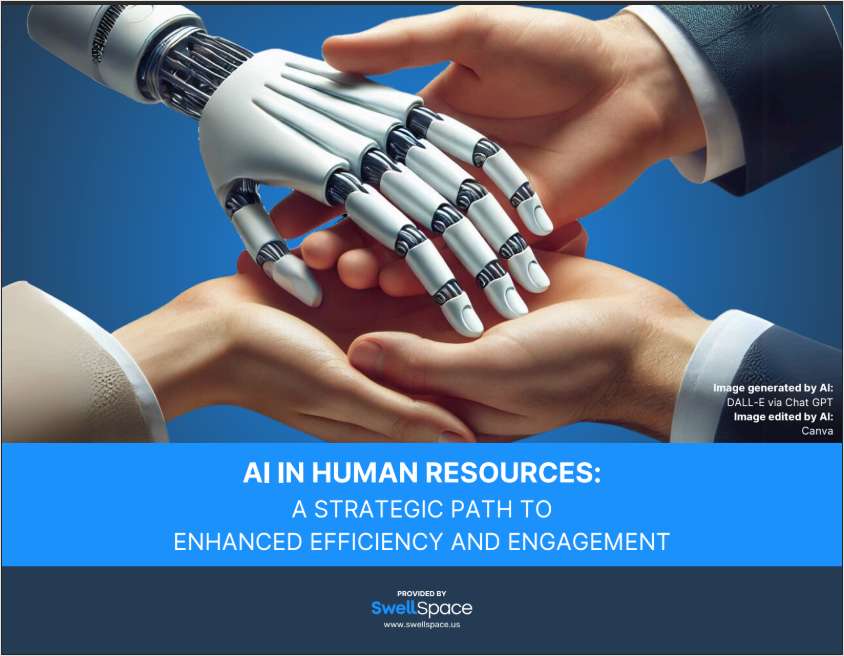Six months after her baby was born, Amanda Sanchez still couldn't imagine returning full-time to her job in marketing at Adobe's Lehi, Utah, offices. Her family's finances depended on it — but 40 hours a week away from her baby? "You become so attached, it’s so hard to think of being away for an hour at a time," she said.
Related: Flexible work schedules hurt women's careers
She hoped to return to work with a more flexible schedule, working from home at least a few days a week, but she hadn't discussed it with her manager before going on leave. She figured she'd push for it once she got back. "If it wasn't going to be offered, I’d look elsewhere for it, because it was important for me," she said.
Luckily for her, while she was on leave, Adobe Systems Inc. had begun piloting a new program that lets any U.S. employee returning from at least three months' leave work a non-traditional schedule at full pay for at least four months, once they're back.
Under the program, employees such as Sanchez don't have to stress about asking for a flexible arrangement — or the guilt or stigma that might bring. That's because all returning employees must meet with their managers and with HR to discuss the possibility.
"I'm a very guilt-prone person as it is," said Sanchez, who is now working from home two days a week. "It's hard to have a conversation asking for more, when you feel like you've already taken so much."
Many women drop out of the workforce after maternity leave because the rigid 9-to-5 schedule interferes with child care. An entire industry of services such as the Mom Project, which matches mothers with flexible work, promises the flexibility they want. And researchers have argued that less conventional work hours could close the gender pay gap.
But if new parents don't take the flexibility that's available, none of that matters.
Related: Parents value flex time over money, survey says
Despite the growing popularity of alternative work arrangements and the proliferation of employers offering them to new parents, many people still feel stigmatized for even asking about their options. A survey by the Family and Work Institute found that two out of five people worry about using the flexibility their employers offer, fearing it could jeopardize their jobs. (People also fear taking paid family leave in the first place, a major Pew survey found recently.)
As a result, employees either decline to take advantage of flexible schedules or else hack their own. A 2015 case study of an unnamed, high-profile consulting firm found that rather than ask for formalizing flexible schedules, men at the firm simply made their own schedules without telling their bosses or coworkers. (Women, by contrast, didn't feel as comfortable bending the rules to their needs.) Less surreptitiously, people at some companies might take one day of parental leave each week, over a period of months, to work a reduced schedule without losing out on pay.
Related: Flexible schedule beats out PTO for American employees
Alternative schedules are "still not seen as the normal way that people work," said Ellen Galinsky, the president of the Family and Work Institute. Many companies, she said, have found that regular conversations with a third party or a manager can help employees adjust back to full-time work from extended leave. "We’ve made a big transition in the workforce, from people saying, 'If you can't manage it, don't come back,' to 'This is a normal transition, and it’s a hard transition, and we'll try to help you with it.'"
Adobe's program to ease that transition officially launched in February and, coupled with its generous parental leave policy, could help it retain employees — especially women. The company says that after it expanded paid parental leave in 2015 (to 26 weeks for new birth mothers and four weeks for secondary caregivers) its attrition rate for women went from a little above the industry average to below it. Adobe declined to share the numbers.
Dan Berthiaume, Adobe's director of corporate communications, had an employee, Carly Listman, coming back from maternity leave this month. About three weeks ahead of time, he got a call from human resources reminding him of the company's new program, plus an email with a template to help managers have conversations about flexibility.
Listman returned last week. The next day, she and Berthiaume sat down to discuss her options. She has yet to decide what arrangement will work best for her. "I assumed I had just gotten six months — it's time to get back to work," she said. "Then I see this, and it’s another 120 days of flexible schedule. I was shocked knowing that this was available when I got back."
Previously, any Adobe employee returning from leave had to approach their manager about their options. Often, they never would.
"You've maybe gone to a house party before, and there are hors d'oeuvres on the table, but the host never says you should try some. Should I take it, or should I not?" said Berthiaume. "Without that extra level of awareness, you could still have employees who are like, 'Well, should I do it?' This is the host being clear about what’s available to you."
Complete your profile to continue reading and get FREE access to BenefitsPRO, part of your ALM digital membership.
Your access to unlimited BenefitsPRO content isn’t changing.
Once you are an ALM digital member, you’ll receive:
- Breaking benefits news and analysis, on-site and via our newsletters and custom alerts
- Educational webcasts, white papers, and ebooks from industry thought leaders
- Critical converage of the property casualty insurance and financial advisory markets on our other ALM sites, PropertyCasualty360 and ThinkAdvisor
Already have an account? Sign In Now
© 2025 ALM Global, LLC, All Rights Reserved. Request academic re-use from www.copyright.com. All other uses, submit a request to [email protected]. For more information visit Asset & Logo Licensing.








